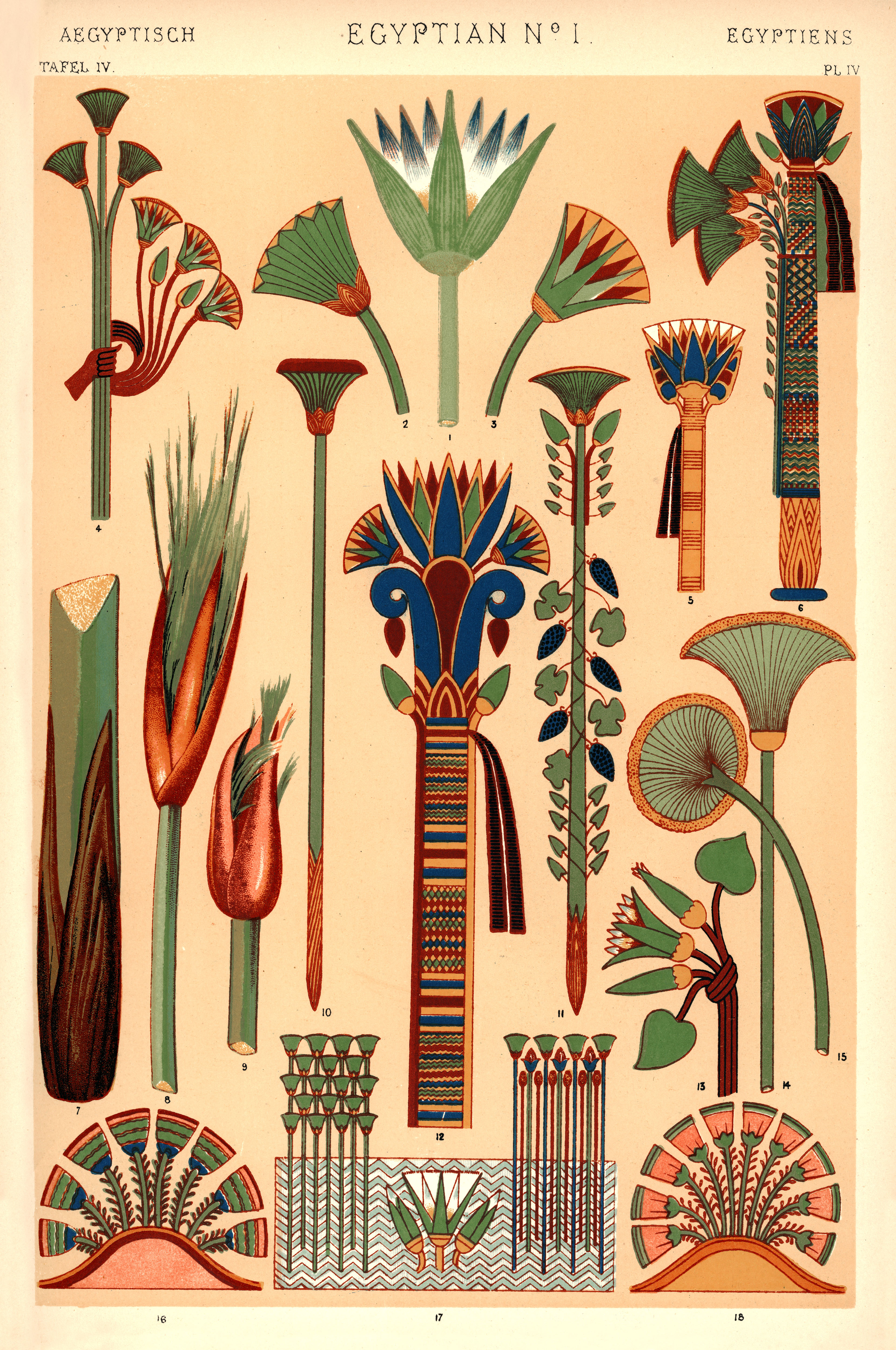
In the vast landscape of art and design, there are works that transcend time, exerting a lasting influence that spans generations. Among these notable works is “The Grammar of Ornament,” a seminal work written by British architect and historian Owen Jones in the 19th century. First published in 1856, this book has left an indelible mark on the history of art and design, influencing artists from all eras to the present day.
Owen Jones, born in 1809, was a leading figure in the world of Victorian design and architecture. Recognized for his ability to fuse traditional aesthetics with contemporary innovation, Jones became an influential figure in the revival of interest in ornamental styles in the 19th century. His most famous work, “The Grammar of Ornament,” represents a monumental effort to catalog and analyze ornamental patterns from various cultures and eras.
The book is organized into sections ranging from ancient to contemporary art, including styles such as Egyptian, Greek, Roman, Renaissance, and many others. Through detailed illustrations and meticulous analysis, Jones unravels the fundamental principles underlying each ornamental style, establishing a “grammar” that transcends geographic and temporal boundaries.

The historical importance of “The Grammar of Ornament” lies in its pioneering role in promoting the systematic study of ornament as an art form in itself. Before the publication of this book, ornament was often seen as mere superficial adornment, with no deeper meaning or value. Jones challenged this notion by demonstrating that ornament was a cultural expression rich in symbolism, history, and technique.
The influence of “The Grammar of Ornament” can be traced throughout the history of art and design. In the 19th century, the book inspired architects, decorators, and artists to adopt ornamental styles from various cultures in their works, contributing to the eclecticism movement that characterized the Victorian era. In the 20th century, figures such as Louis Comfort Tiffany, known for his innovative glass creations, were inspired by the patterns and principles outlined by Jones.
Today, the relevance of “The Grammar of Ornament” remains undeniable in the world of contemporary design. Artists, graphic designers, and architects continue to turn to this book as a source of inspiration and reference. Its focus on the universality of ornamental language and its ability to transcend cultural barriers make it an invaluable tool in an increasingly globalized and diverse world.
In short, Owen Jones and his masterpiece “The Grammar of Ornament” have left a lasting legacy in art and design. His innovative approach and deep analysis of ornamental patterns have influenced artists of all eras, from the 19th century to the present day. More than simply a book about decoration, “The Grammar of Ornament” is a testament to the power of art to transcend borders and connect cultures through beauty and meaning.